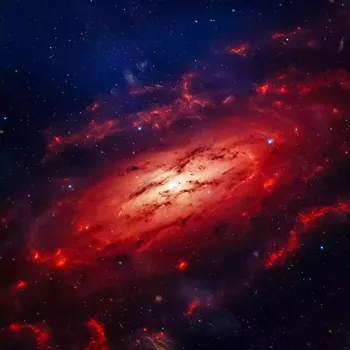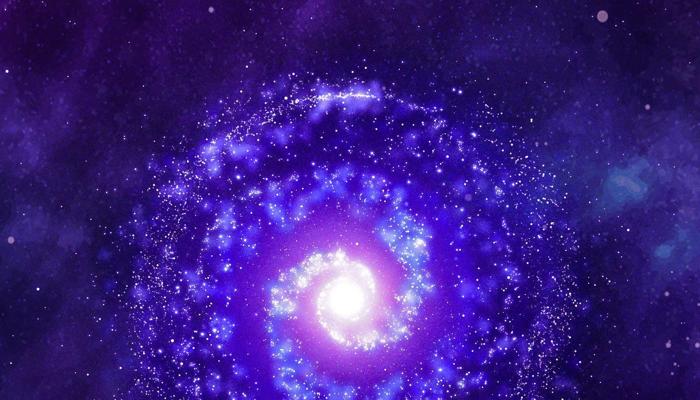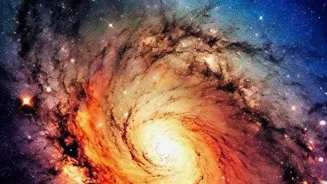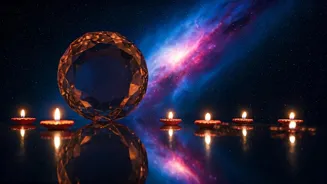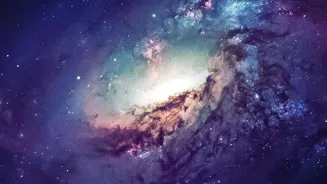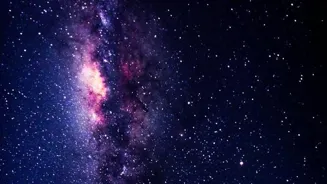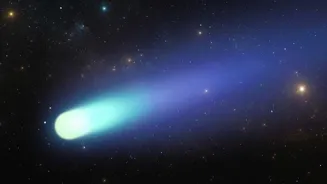Unlocking the Mystery of Cosmic Time: Exploring How We Date the Universe's Existence. Delve into the age of the cosmos!
Ever wondered, kitne saal ka hai yeh universe? Like, really old, right? Figuring out
the age of the universe is not like celebrating your nanaji's birthday. It’s a seriously complex process, involving some heavy-duty science and clever observations.
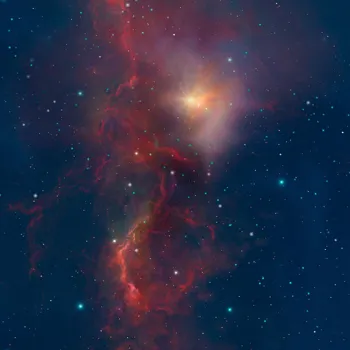
But don't worry, we'll break it down so even your chacha can understand it. Understanding 'cosmic time' is like knowing the grand old timeline of everything that exists!
Scientists study Cosmic Microwave Background to understand universe's origins
So, how do we even begin to measure something as vast and ancient as the cosmos? Turns out, scientists have a few tricks up their sleeves. One of the main ways is by studying something called the Cosmic Microwave Background (CMB).
Think of it as the afterglow of the Big Bang, the event that started it all. The CMB is basically ancient light, and by analyzing its properties, scientists can learn about the early universe and how fast it's expanding. This helps in tracing back to its origin.
Studying distant galaxies' movement reveals universe's age uncertainty
Another method involves looking at distant galaxies and how fast they're moving away from us. This is based on something called Hubble's Law, which basically says that the farther a galaxy is, the faster it's receding.
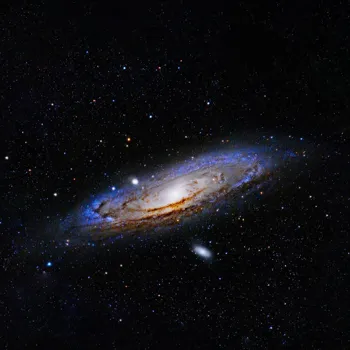
By measuring the rate of this expansion, known as the Hubble Constant, scientists can estimate how long the universe has been expanding, and thus, its age. It's like figuring out how long a car has been driving by knowing its speed and the distance it has covered.
However, the Hubble Constant has been a bit of a headache, with different measurements giving slightly different results, leading to ongoing debates and research.
Cosmic time spans billions of years, exploring universe evolution
But, it's important to understand that this isn't like measuring time with your wristwatch. Cosmic time involves looking at events that happened billions of years ago. We're talking about epochs when there were no stars, no galaxies, just a hot, dense soup of particles.
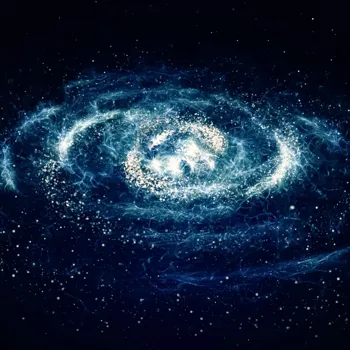
Understanding these early stages requires understanding some pretty intense physics, like general relativity and quantum mechanics. These laws of science help scientists understand how the universe has evolved over such long periods.
The universe is estimated to be around 13.8 billion years old, a mind-boggling concept
Now, you might be wondering, "Okay, so what's the answer? How old is the universe, exactly?". As of now, the best estimate we have is around 13.8 billion years. That's a seriously big number!
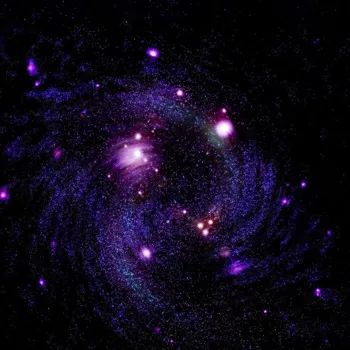
Think about it, that's billions of years of stars being born and dying, galaxies colliding, and planets forming and eventually, life arising. It's a mind-boggling amount of time, and it's hard for us to truly grasp the scales involved.
The number is so huge that it gives us a sense of just how small we are in the grand scheme of things.
Scientists refine cosmic time measurements with new telescopes
Measuring cosmic time is a continuous journey. With new telescopes and instruments being developed all the time, scientists are constantly refining their measurements and improving their understanding of the universe's age.
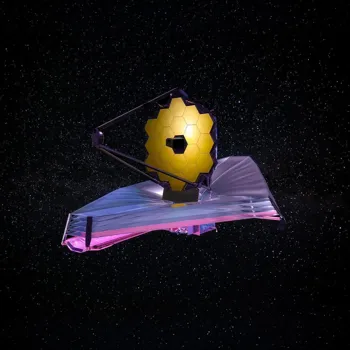
The James Webb Space Telescope, for example, is already providing us with unprecedented views of the early universe, allowing us to see galaxies that formed much earlier than we ever thought possible.
Universe's age is a complex puzzle in cosmology and astrophysics
The universe's age isn't a simple calculation; it's a complex puzzle. It requires deep understanding of cosmology and astrophysics. Scientists use various techniques to estimate its age. Techniques include studying cosmic microwave background and measuring expansion rate.
CMB from Big Bang offers clues on early universe
The Cosmic Microwave Background (CMB) is vital. The CMB is residual radiation left over from the Big Bang. Analyzing the CMB provides clues about the early universe. Clues about expansion rate and composition and helps in age determination.
Hubble's Law estimates universe age by galaxy speed
Hubble's Law relates galaxy distance to recession speed. By measuring how fast galaxies are moving away, we estimate expansion. The speed helps scientists determine how long expansion has been occurring. Hence, we estimate the age of the universe, though variations exist.
Cosmic time explores early universe without stars
Cosmic time involves events billions of years in the past. We look at eras when stars, galaxies, didn't exist. Understanding early stages requires advanced physics. Understanding physics related to general relativity and quantum mechanics.
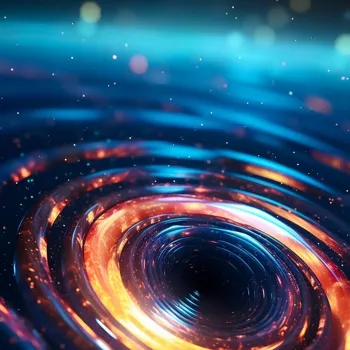
Universe's age is 13.8 billion years, showing our insignificance
Currently, the universe's age is estimated at 13.8 billion years. It is a massive span that is difficult to comprehend. Events like star births and galaxy collisions occur. It is a reminder of our smallness in the big picture.
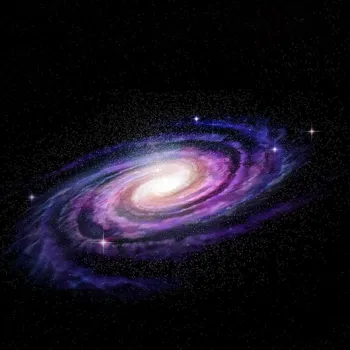
Advancements in technology aid measuring cosmic time
Measuring cosmic time is ongoing with advancements in technology. New telescopes such as the James Webb Space Telescope help. It aids exploration of the early universe's structure. It is refined measurements and enhances understanding.
